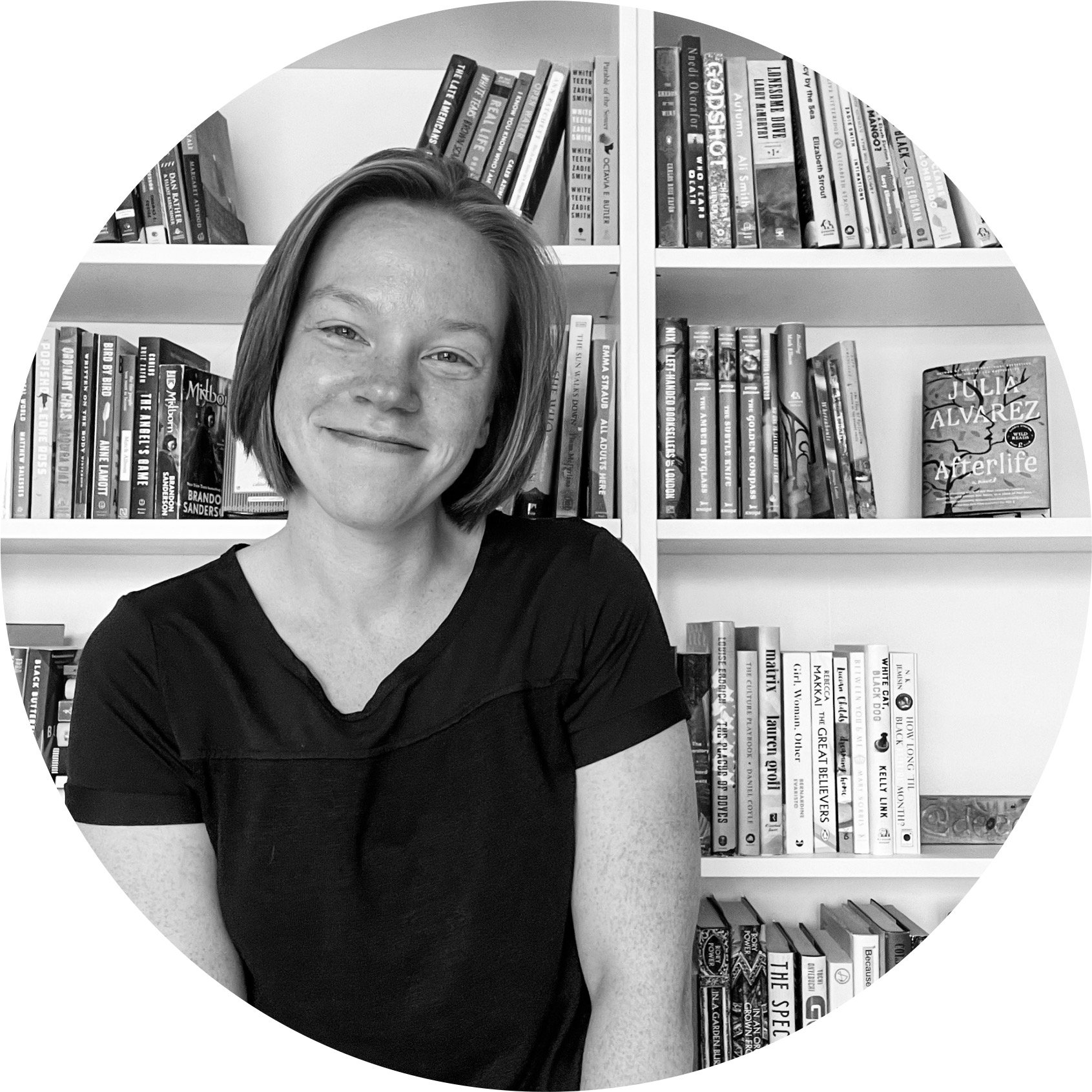Quarterlife: The Search for Self in Early Adulthood
Author: Satya Doyle Byock
Publisher: Random House
Goodreads | The StoryGraph
Click above to buy this book from my Bookshop.org shop, which supports independent bookstores (not Amazon). You can also find it via your favorite indie bookstore here.
Note: Content and trigger warnings are provided for those who need them at the bottom of this page. If you don’t need them and don’t want to risk spoilers, don’t scroll past the full review.
Cover Description
An innovative psychotherapist tackles the overlooked stage of Quarterlife—the years between adolescence and midlife.
I'm stuck. What's wrong with me? Is this all there is? Satya Doyle Byock hears these refrains regularly in her psychotherapy practice where she works with "Quarterlifers," individuals between the ages of (roughly) sixteen to thirty-six. She understands their frustration. Some clients have done everything "right" graduate, get a job, meet a partner. Yet they are unfulfilled and unclear on what to do next. Byock calls these Quarterlifers "Stability Types." Others are uninterested in this prescribed path, but feel unmoored. She refers to them as "Meaning Types."
While society is quick to label the emotions and behavior of this age group as generational traits, Byock sees things differently. She believes these struggles are part of the developmental journey of Quarterlife, a distinct stage that every person goes through and which has been virtually ignored by popular culture and psychology.
In Quarterlife, Byock utilizes personal storytelling, mythology, Jungian psychology, pop culture, literature, and client case studies to provide guideposts for this period of life. Readers will be able to find themselves on the spectrum between Stability and Meaning Types, and engage with Byock's four pillars of Quarterlife development:
- Separate: Gain independence from the relationships and expectations that no longer serve you
- Listen: Pay close attention to your own wants and needs
- Build: Create, cultivate, and construct tools and practices for the life you want
- Integrate: Take what you've learned and manifest something new
Quarterlife is a defining work that offers a compassionate roadmap toward finding understanding, happiness, and wholeness in adulthood.
TL;DR Review
Quarterlife is an insightful and pretty helpful book about the phase of life between the late teens and mid-thirties. I recommend it!
For you if: You’re in your 20s or 30s and find yourself in the tug-of-war between stability and meaning (relatable).
Full Review
As is true for a lot of the nonfiction books I’ve been picking up lately, I first heard about Quarterlife in Anne Helen Petersen’s Culture Study newsletter. It was a quick listen on audio, and while it wasn’t quite as hard-hitting for me as I think I’d expected, I am really glad I read it and would recommend it to anyone else in their 20s or 30s.
It’s by a woman who’s essentially the only psychotherapist who specializes in and studies the years between the late teens and mid-thirties, which she calls quarterlife. From her observations, she’s constructed two common personas — “stability types” and “meaning types” — that bookend the two ends of a spectrum all quarterlifers fall into as they search for the right balance of stability and meaning. She’s also identified and named “four pillars of quarterlife development”: separate, listen, build, and integrate.
The first part of the book describes some of the research and how she arrived at these two personas, and the second part introduces us to four of her former “clients” (fictionalized blends of many real-life clients) and talks about their journies through the four pillars. I liked this construction, but I think the four people she described just felt a tad bit too much like stereotypes of their personas (which, tbh, they were meant to be) for me to connect to.
Still, I recognized a LOT of myself in her work and descriptions, and I’ll be thinking about this book for a long time to come.
Content and Trigger Warnings
Suicidal thoughts
Porn addiction
Toxic relationship


